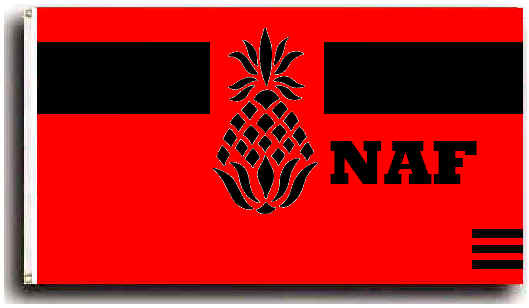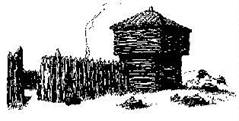|
.....
|
|

ELMER
DOOLITTLE
Freelance
Writer |
Smoke Signals
Jul./Aug. '09
|
Your editor Monsieur
Conner sent me this question and asked if I could write a
response.
"What would need
to be
done to a beaver so I could properly freeze it , if anyone can
help with this,
I'd appreciate it, things along the line of how to gut them,
whether to quarter it, etc.."
_______________
Preparing
a Beaver for Freezing
First, skin the critter.
Next, using just the tip
of your knife, slit up the centerline of the abdominal
wall from vent to breastbone, cutting to one side of the penis
if
a male.
Cut away
the diaphragm (the muscle between the abdomen and chest).
Reach into
the chest as in into the neck as possible and cut away the
trachea and
esophagus
(throat). Pull on these two structures to remove the lungs,
and
heart. Stop
when these structures are pulled just below the sternum
(breastbone).
Take a bit of string to
tie off the urethra as near the genitalia as you
can. Use
another bit of string to tie off the large bowel as near the
anus
as
possible. Use a knife to severe these structures as near the
surface as
you can.
The string is used to help prevent contaminating your meat
with urine
or feces. Once
the bowel and urethra are severed, removed everything that's
inside the
carcass.
Clean up any blood or other gunk spilled onto the meat by
rinsing it
in cold water, but don't let the meat soak in water as that
will only drive
blood and stuff in deeper.
Remove the front legs by
slicing the shoulder blade away with your knife.
Remove the
rear legs by slicing the muscle between the thigh and spine
until
you can see
the ball joint of the femurs (large thigh bones). Cut away
any
ligaments
you see, and twist and pry until the femur pops out of the
joint. You'll
then have the entire rear leg in your hand. Cut
the back away from the ribcage by cutting through the meat
just behind the
last (floating) ribs on both sides, all the way to the spine.
Break the
spine over
your knee (like a stick of wood) and cut the two pieces away
with
your knife.
If you wish, you can use
a knife to split the sternum. By breaking the ribs
near the
spine you can then make the breast lie more or less flat.
I prefer to
wrap each piece separately in film, then again in butcher
paper.
Use a
permanent marker to mark the species and date, and place it in
your freezer.
I use a chest-type freezer for game, and first place it as
near the
coils of the freezer as possible to freeze it deeply. Once
it's frozen through
I can move it to the other end of the freezer for storage.
If you wish to ship it,
contact a local meat packing house. They should be
able to
provide heavy cardboard containers or perhaps even Styrofoam
shipping
boxes. Dry ice can be purchased from an ice-cream wholesaler,
some
meat
packing plants, or a fire-extinguisher repair/servicing
company (Carbon dioxide
is also used in some extinguishers). To ship 1 beaver frozen,
you'll need
about 1 lb. of dry ice. Be sure the dry ice is wrapped in
several
sheets of newspaper or similar so it doesn't rest directly
against a
package of
meat.
Be sure the recipient
knows to expect the package so they can remove the
meat and
place it back in a freezer as soon as possible. This is pretty
basic stuff, you could get this information in the library or
the Internet.
Good
luck
BEAVER
ROAST recipe
Roast the tail (as
caught) over a camp fire, then cut it open and strip off the
skin. It's that simple. BEAVER ROAST Clean the carcass; strip
off all fat, including the scent glands. Cover with water, add
1/4 cup vinegar and leave overnight. Next day, wash the meat
and pat dry. Place the joint and other bits such as paws in a
roasting pan, add 1/4 cup water. Brush with butter, cover, and
bake in a moderate oven. When the roast is half cooked, add a
cup of chopped vegetables. Finish cooking with the lid off,
until the meat falls from the bones. BEAVER PAWS Season the
cooked paws with salt, onion, bay leaf (your choice). Freeze
or seal in sterilized jars. (Same treatment for bear
paws.)
These recipes are copied
more or less from Leona Kananen. *Yukon Cookbook* Vancouver:
Douglas, 1975. Barbara Belyea Dept of English, University of
Calgary Calgary (Alberta) Canada T2N 1N4
See
yaa.....
Elmer Doolittle
 
___________________________
|